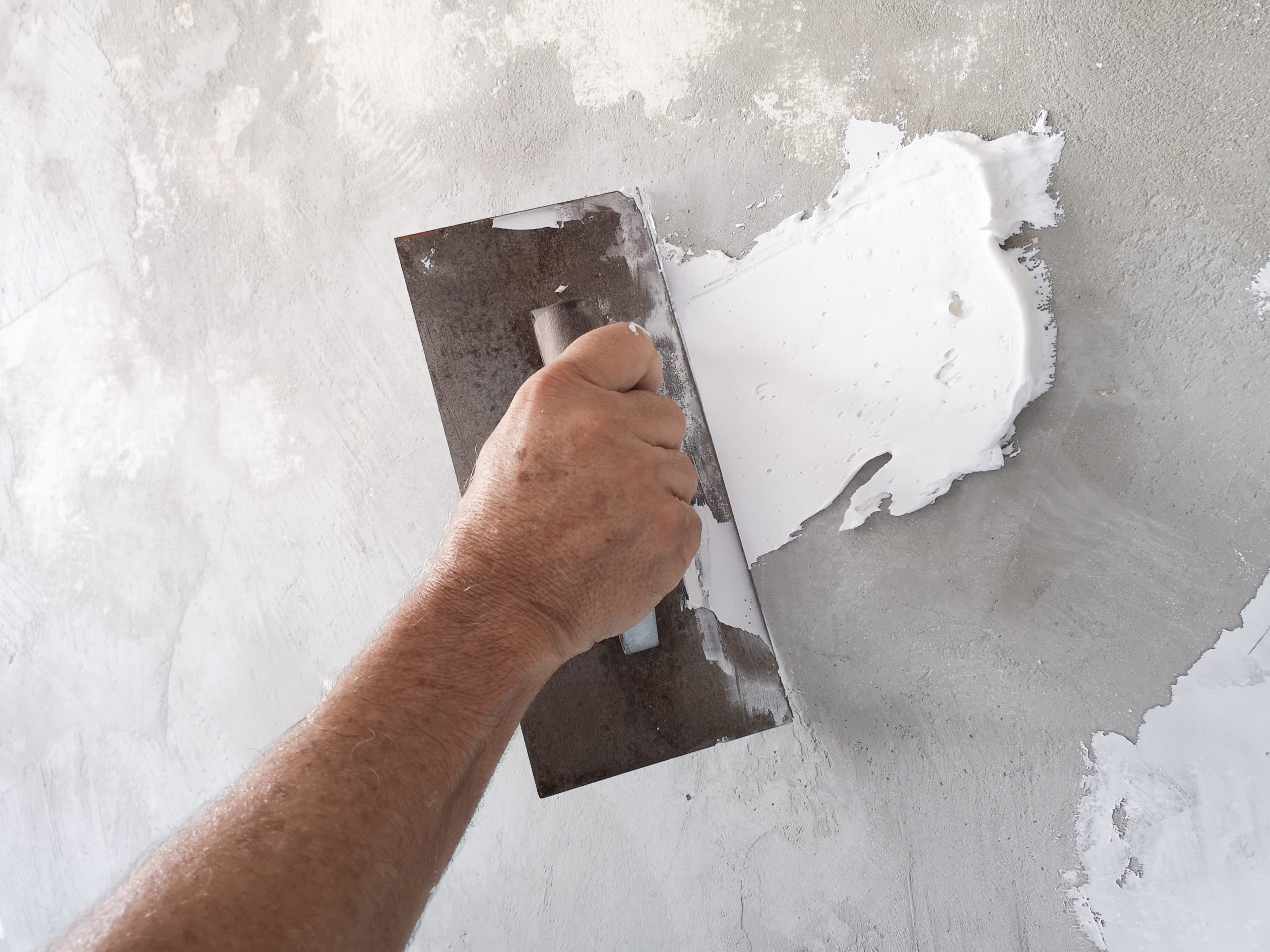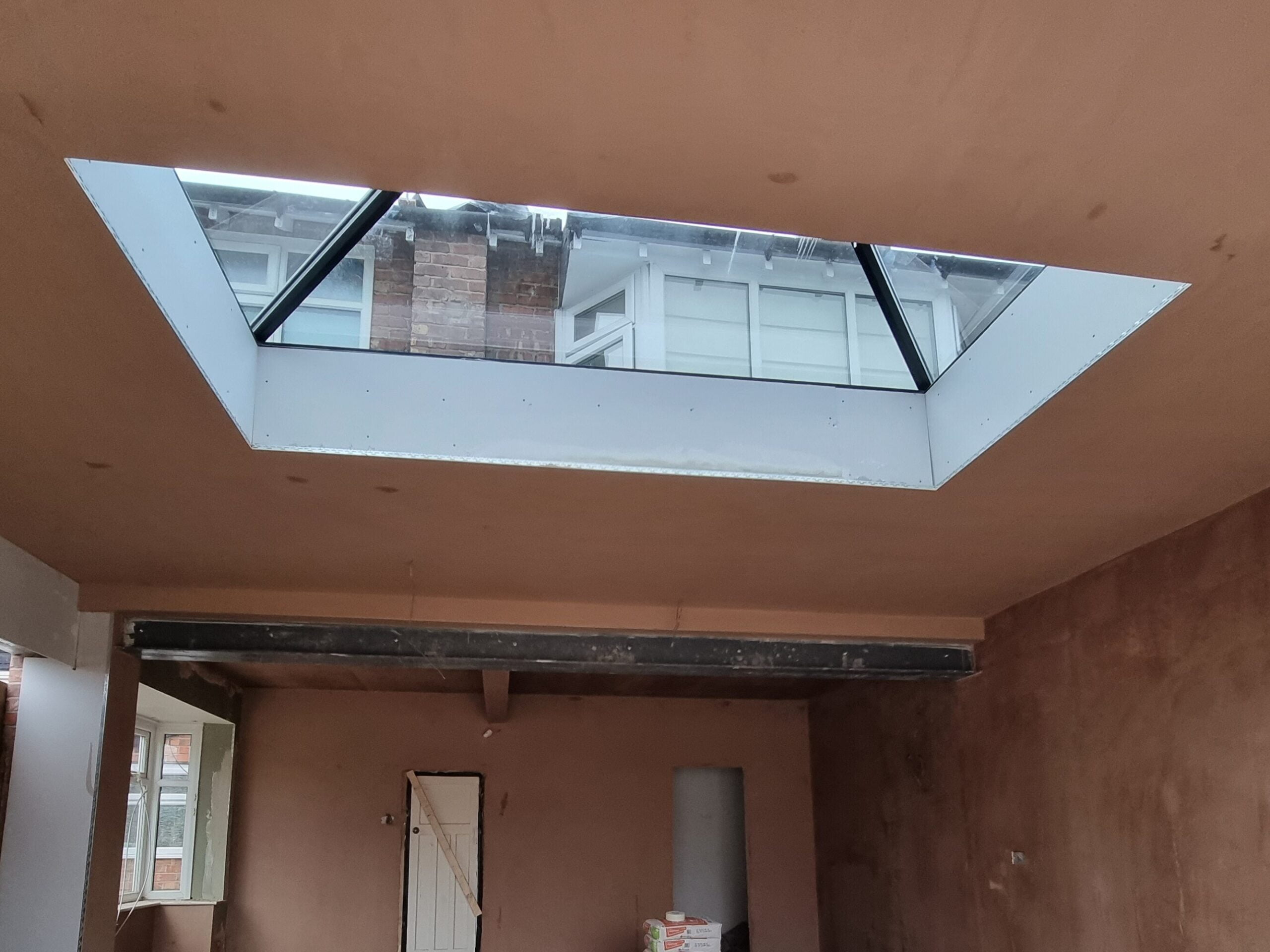Plastering Providers: Professional Solutions for Smooth and Sturdy Wall Surfaces
Plastering Providers: Professional Solutions for Smooth and Sturdy Wall Surfaces
Blog Article
Key Tips and Tools for Successful Smudging in your house Improvement Endeavors
Attaining a perfect plaster coating in your home improvement tasks calls for a blend of the right devices and tested methods. Recognizing the subtleties of blending plaster and using it in thin layers can dramatically impact the final result.
Essential Plastering Devices
The vital devices incorporate a selection of implements created to assist in the smudging process successfully and efficiently. Secret elements include a hawk, which is a level, square tool made use of to hold the plaster while applying it to surface areas.

Furthermore, a blending container is needed for preparing plaster, ensuring the right consistency before application. A plastering brush or sponge works for smoothing and finishing touches out appearances. Lastly, security equipment such as masks and handwear covers need to be consisted of to safeguard the individual from dust and chemicals. With each other, these crucial plastering devices enable both professionals and DIY fanatics to accomplish premium lead to their smudging jobs.
Surface Preparation Methods
Effectively preparing the surface area prior to plastering is vital for guaranteeing attachment and attaining a remarkable surface. The first action includes cleaning the surface area to remove any kind of dust, oil, or old paint that may impede the plaster's ability to bond successfully. A thorough wash with a suitable cleaning option is suggested, followed by rinsing and permitting the surface area to completely dry completely.
Following, examine the surface area for any type of flaws or fractures. These ought to be loaded with an ideal filler substance and allowed to cure according to the supplier's instructions. For permeable surface areas, using a guide is necessary to improve and develop an uniform texture bond.
In addition, it is essential to ensure that the surface area is stable and structurally noise. Any loose materials, such as flaking paint or damaged drywall, must be repaired or removed. Think about utilizing a scratch coat to improve grasp. if working with stonework surface areas.
Combining Plaster Like a Pro

Utilizing a tidy mixing container, put the water initially, then slowly add the plaster powder while stirring constantly. This method helps to protect against clumping and guarantees an also circulation of products.
Once blended, permit the plaster to relax for a few minutes to make it possible for the plaster crystals to hydrate totally. This pause boosts workability and lowers the risk of you can try these out splitting during application. By following these steps, you can blend plaster like a pro, setting the foundation for a successful plastering project in your home improvement undertakings.
Application Techniques for Smooth Finishes
With the plaster combination prepared to the excellent uniformity, the next action includes selecting suitable application methods to achieve a smooth finish. The choice of application tools significantly influences the final look of the plastered surface area. For optimum outcomes, a stainless steel trowel is generally recommended. This device permits for a penalty, also circulation of plaster throughout the surface while decreasing trowel marks - Plastering.
Begin by using a charitable quantity of plaster to the surface area using the trowel, ensuring it adheres well. When the initial layer is used, use a sweeping activity to smooth the surface area, using also pressure.
For the last touches, a wet sponge can be used to fine-tune the surface area further. Lightly mist the plaster with water and delicately scrub the surface to achieve a refined effect. Always keep in mind to operate in small sections to keep control over the application process, making certain a smooth, specialist finish throughout your plastering task.
Usual Blunders to Prevent
When getting started on a plastering job, staying clear of common mistakes is crucial for attaining a perfect surface. Guarantee that all dust, oil, and loose materials are gotten rid of before applying plaster.
Another typical mistake is applying plaster as well heavily. Thick layers look at this website can break as they dry out, endangering the honesty of the coating. Instead, select numerous thin layers, enabling each coat to dry completely prior to using the next.
Furthermore, inadequate mixing methods can result in inconsistent appearance and workability. Constantly adhere to the supplier's instructions for mixing proportions and extensively blend the plaster to achieve an uniform uniformity.

Timing additionally plays a vital function; plaster needs to be applied while the substratum perspires to boost bond. Last but not least, stay clear of making use of improper devices. High-grade trowels and drifts can make a significant distinction in accomplishing a smooth surface. By steering clear of these typical pitfalls, you can improve the top quality and durability of your plastering work, bring about a much more professional cause your home improvement undertakings.
Final Thought
Efficient plastering requires a comprehensive understanding of necessary tools and methods. Proficiency of these aspects not just contributes to the aesthetic allure of an area yet additionally ensures sturdiness and durability in plastering projects, making them essential to effective home renovation undertakings.
A float is an additional vital tool, which assists in leveling the plaster and accomplishing an uniform surface.

By complying with these steps, you can mix plaster like a pro, establishing the foundation for a successful gluing job in your home renovation undertakings.
Gently mist the plaster with water and delicately rub the surface to achieve a polished impact.
Report this page